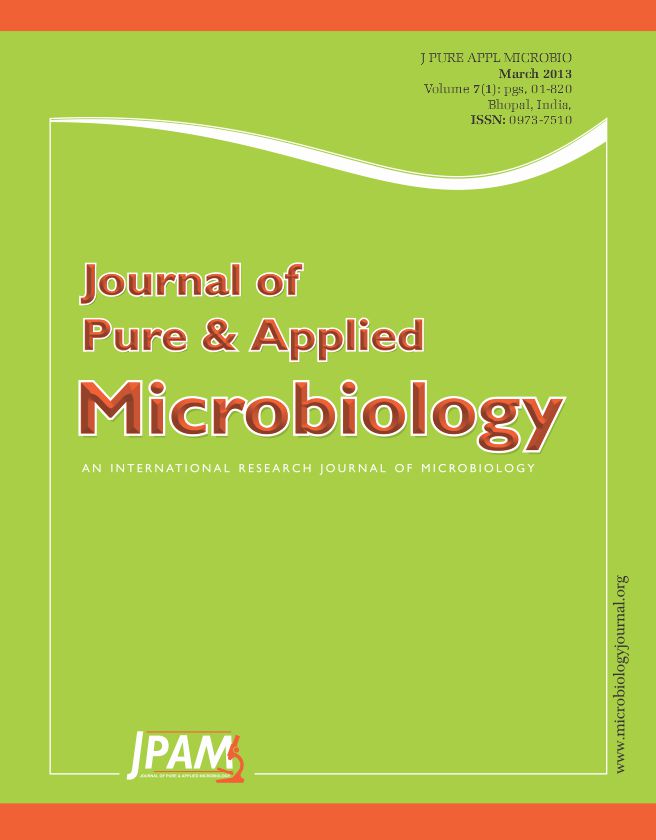Sterilization is one of the most commonly used processing methods in the food industry for the low acid foods. Thermal treatment must be adequate to destroy spores of Clostridium botulinum to ensure the low acid food is microbiologically safe. C. sporogenes PA 3679 spores were used as a surrogate to validate the thermal inactivation methods to control C. botulinum. The objective of this study was to determine the thermal resistance of C. sporogenes PA 3679 in M/15 phosphate buffer (pH 7.0) and carrot juice (pH 6.2) at temperatures of 115.6, 118.3, and 121.1°C using glass capillary tubes and novel aluminum thermal death time (TDT) tubes. Than the differences in come up time and thermal inactivation parameters of C. sporogenes PA 3679 (1.0 x107 spores/ml) were compared. In phosphate buffer, D115.6, D118.3, D121.1 values for glass capillary tubes were 2.60, 1.11, and 0.54 min and for the aluminum TDT tubes 2.20, 1.12 and 0.60 min, respectively. In carrot juice, D115.6, D118.3, D121.1 values were 2.12, 1.32, and 0.69 min for glass capillary tubes and 2.40,1.36, and 0.71 min for the aluminum TDT tubes, respectively. The z-values in phosphate buffer were 8.06°C and 11.27° C, and in carrot juice were 9.75 °C and 10.39°C for capillary tube and aluminum TDT tubes, respectively. The results of this study may be used to design a thermal sterilization process for carrot and carrot containing food products.
Thermal inactivation kinetics, Clostridium sporogenes PA 3679, glass capillary tube, thermal death time tube, phosphate buffer, carrot juice
© The Author(s) 2014. Open Access. This article is distributed under the terms of the Creative Commons Attribution 4.0 International License which permits unrestricted use, sharing, distribution, and reproduction in any medium, provided you give appropriate credit to the original author(s) and the source, provide a link to the Creative Commons license, and indicate if changes were made.


